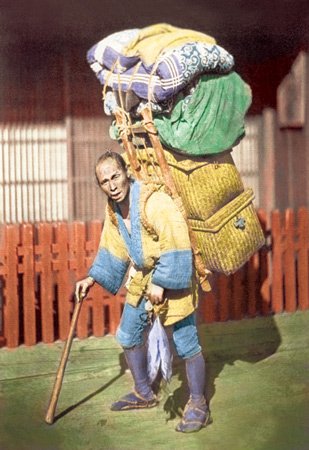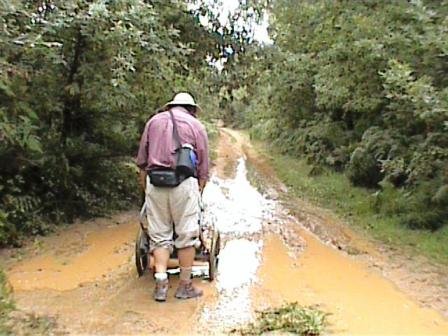BobM
Veteran Member
- Time of past OR future Camino
- V Frances; V Podensis; V Francigena; V Portugues; V Francigena del Sud; Jakobsweg. Jaffa - Jerusalem
I want to walk from Canterbury for about 2 weeks+ towards Besancon.
However, some of the via Francigena stages are too long for me (35km+) even with my light 7 or 8 kilo load.
So, I was thinking of using one of those towed "carts" one sometimes sees pilgrims pulling along. In that way I could carry camping gear and extra food/water and be reasonably independent of shops and gites. Apart from the weight of the cart (which I don't know yet) I would be towing perhaps 15 - 20kg.
The terrain for my route looks quite reasonable for a cart but the question is how the effort of towing compares with the effort of carrying a lighter load on the back.
Has anyone got experience that might help my decision?
Thx
Bob M
However, some of the via Francigena stages are too long for me (35km+) even with my light 7 or 8 kilo load.
So, I was thinking of using one of those towed "carts" one sometimes sees pilgrims pulling along. In that way I could carry camping gear and extra food/water and be reasonably independent of shops and gites. Apart from the weight of the cart (which I don't know yet) I would be towing perhaps 15 - 20kg.
The terrain for my route looks quite reasonable for a cart but the question is how the effort of towing compares with the effort of carrying a lighter load on the back.
Has anyone got experience that might help my decision?
Thx
Bob M




















